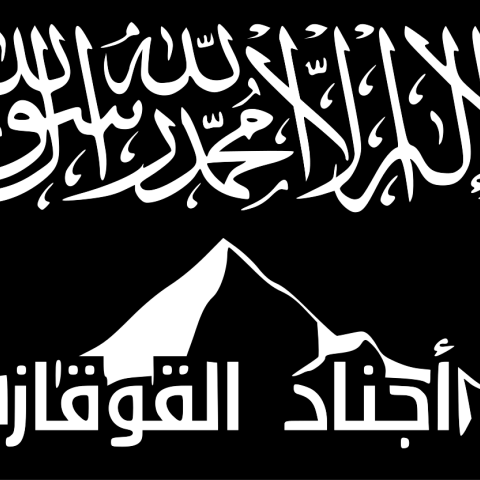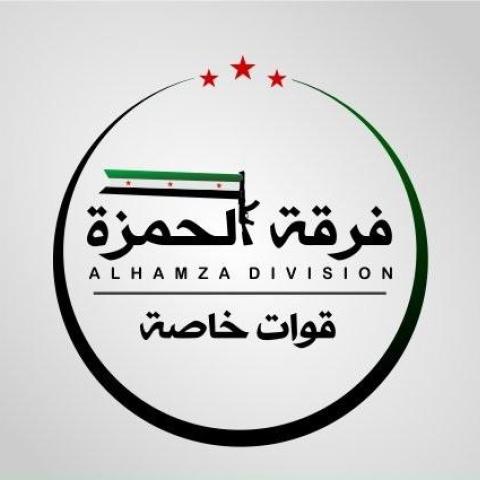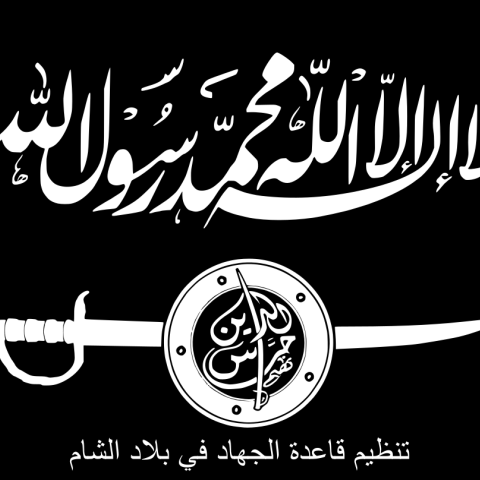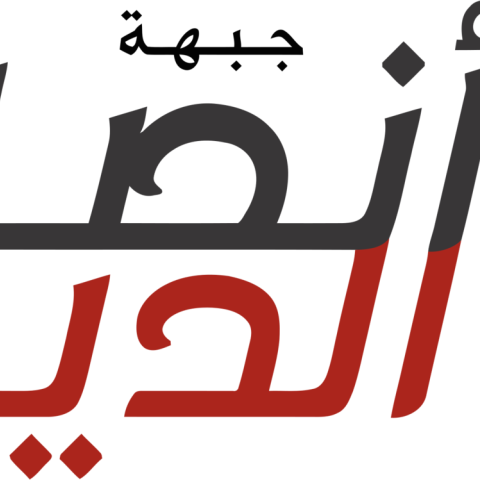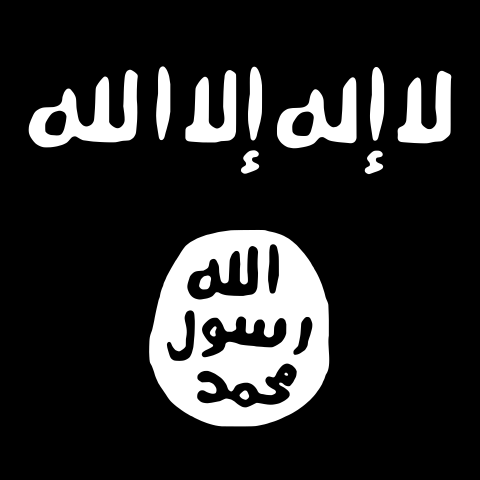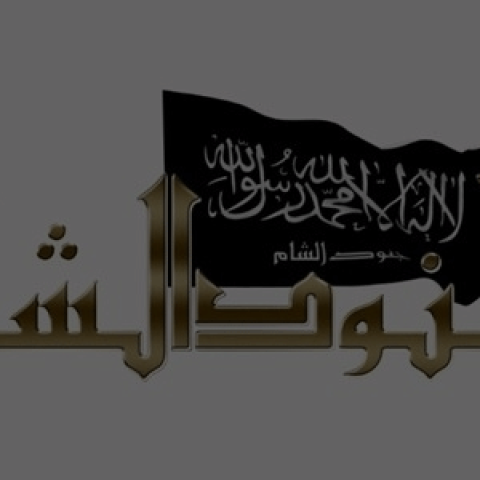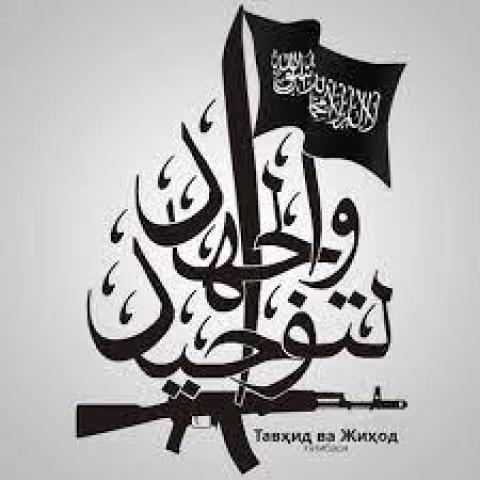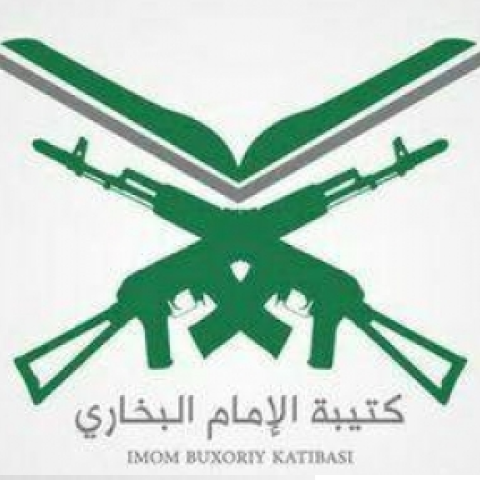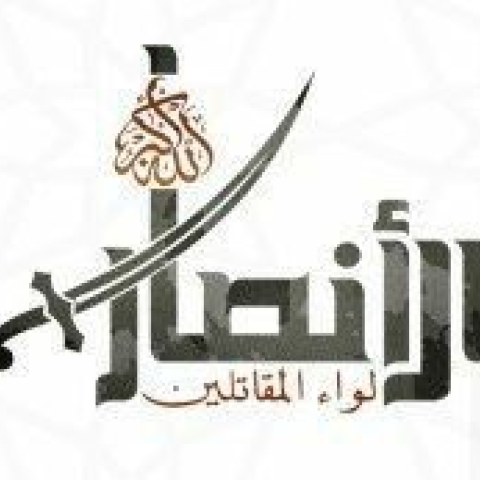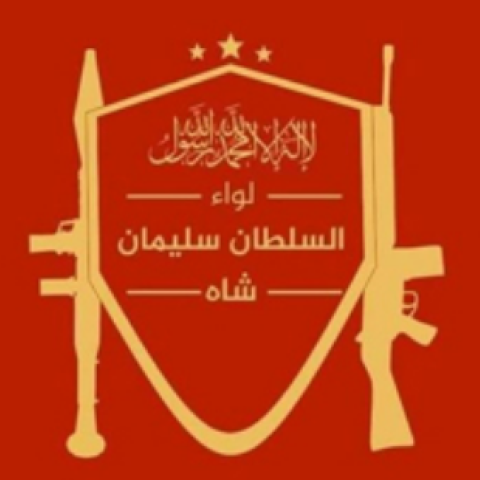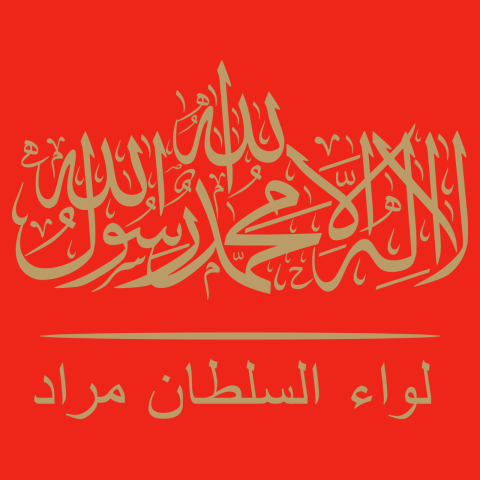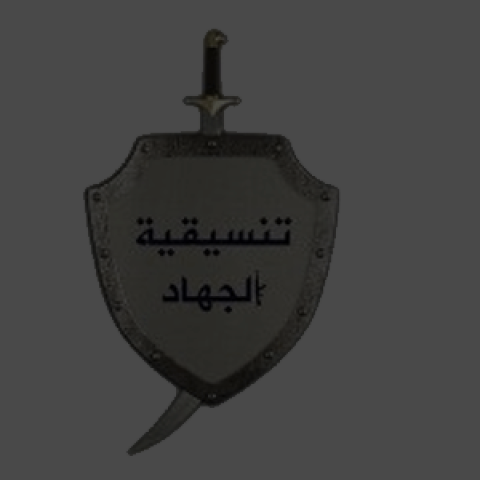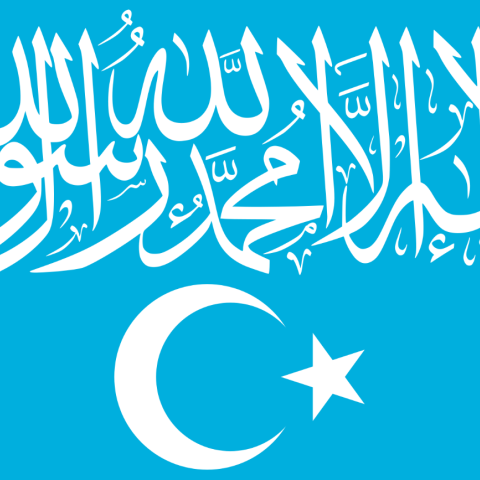Northwest Syria is home to dozens of armed opposition groups, including some comprised of foreign fighters from the Caucasus and Central Asia, which hold a range of allegiances from ISIS and al-Qaeda to local authorities and the Turkish government.
Armed Opposition Groups in Northwest Syria
Executive Summary
The evolution of Syria’s peaceful mass protest movement in 2011 into an armed revolt against the regime of Bashar al-Assad led to the creation of many opposition armed factions. These militant groups spanned the ideological spectrum, from non-sectarian to pro-al-Qaeda and pro-ISIS, and included both local Syrians and tens of thousands of foreigners.* As the war grew more violent and ISIS rose to prominence, many of the smaller factions were either destroyed, joined ISIS or al-Nusra Front, or merged with other similar factions for safety. Between 2017 and 2019, al-Nusra Front—which eventually evolved into Hayat Tahrir al-Sham (HTS)—repeatedly launched attacks against the pro-Turkey “moderate” anti-regime groups based in northwestern Syria, gradually consolidating their control over the area.* These groups, many of which were original members of the broader Free Syrian Army moniker in the first years of the war, moved into north Aleppo where they joined the Turkish-backed Syrian National Army (SNA), which had been formed in late 2016.* With the March 2020 ceasefire ending regime military operations against Idlib, HTS began to crack down on the smaller Salafi factions still operating in what they consider their territory.*
Opposition control over northwest Syria is now split between two groups: HTS and the SNA. HTS has ruled the northwest rebel territories that encompass Idlib, north Hama, west Aleppo, and north Latakia—together known as Greater Idlib—since it pushed out or subjugated the remaining opposition factions there in early 2019.* HTS began as al-Qaeda’s Syria affiliate al-Nusra Front in 2011 under the command of the Syrian-born Abu Muhammad al-Golani.* In 2017, al-Nusra Front officially broke from al-Qaeda and merged with other rebel factions to form HTS.* Following this break, Nusra defectors and independent jihadists consolidated around a new al-Qaeda loyalist faction known as Hurras al-Din (HaD).* While Golani and the former Nusra leadership claimed HTS would be a true union of factions, it soon became evident that the group had no intention of sharing power. Between 2017 and 2019, several large rebel factions broke from HTS and were subsequently forced out of Greater Idlib.* A Turkish military offensive in Idlib in February 2020 halted Syrian regime and Russian advances against the rebels, and battlelines have remained frozen since March 2020.*
With the general cessation of hostilities and protected from regime advances by the Turkish military, HTS turned inward, attempting to rein in the various small independent rebel factions that still existed in Greater Idlib.* Hardliners from HTS still loyal to al-Qaeda split from the group to form their own small factions and have been subsequently arrested or expelled from Idlib. For example, in 2019 HTS arrested Abu Solah after he defected from a pro-HTS group and formed the pro-al-Qaeda Jabhat Ansar al-Din, as well as Abu al-Abd Ashidaa, the leader of the pro-al-Qaeda Tansiqiyat al-Jihad.* HTS arrested one of its former commanders, Abu Malik al-Talli, in mid-June 2020 after he defected and founded the pro-al-Qaeda Liwa al-Muqatileen al-Ansar.* On March 24, 2022, HTS arrested the deputy commander of Jamaat Ansar al-Islam after the group conducted a raid against a Syrian regime position against the orders of HTS’s military leadership.*
Still, within Greater Idlib remain a number of small independent factions that fall under three general categories: (1) operating directly under HTS command; (2) independent but allied with HTS and following HTS guidelines; or (3) directly opposed to HTS. These small groups include many of Greater Idlib’s remaining foreign fighters and span the ideological spectrum. Factions from both categories 1 and 2 carry out attacks against Syrian regime forces, particularly in the north Latakia area, following general military guidelines set by HTS.* In return for their obedience, HTS largely leaves these factions alone.* The anti-HTS factions have been engaged in a cat-and-mouse game with HTS’s internal security forces for several years, conducting attacks against both HTS and Turkish military personnel stationed across the area.* Since the March 2020 ceasefire ended regime offensives against HTS, the group has been able to systematically dismantle these independent extremist factions through a mix of security operations and de-radicalization programs.*
A conglomerate of former Free Syrian Army and Islamist factions control the area of north Aleppo connecting Greater Idlib to the Syrian Democratic Forces (SDF)-controlled Manbij countryside. These factions, together known as the Turkish-backed Free Syrian Army (TFSA) or SNA, receive direct Turkish military support and funding. They have been used as the main ground forces in Turkey’s 2016 Operation Euphrates Shield against ISIS in north Aleppo, the 2018 Operation Olive Branch against the SDF in Afrin, and Operation Peace Spring in northeast Syria against the SDF in 2019.*
Within the SNA are several factions that are accused of committing systemic, targeted crimes against Kurds in particular and civilians in general. One of these factions, whose members filmed themselves executing Kurdish politician Hevrin Khalaf, was sanctioned by the United States in 2021.*Thousands of these Syrian fighters have also accepted Turkish contracts to deploy to Libya and Azerbaijan.*
This report examines the current status of anti-Syrian regime opposition factions operating in northwest Syria, the last region controlled by the armed opposition. Following are profiles of the main 12 militant factions in Greater Idlib and four of the SNA factions operating in north Aleppo. Among the Greater Idlib factions are four allied with HTS, one independent group, and seven anti-HTS groups.
Key Points
The internationally sanctioned and former al-Qaeda affiliate Hayat Tahrir al-Sham (HTS) rules Greater Idlib, where many of these armed groups reside. With the March 2020 ceasefire ending the Syrian regime’s military operations against Idlib, HTS was able to dismantle or co-opt independent, smaller extremist factions operating in what HTS considers its territory.
Many small foreign groups loyal to al-Qaeda or ISIS have been dismantled in recent years. However, foreign fighters still exist in factions operating under the HTS military umbrella.
In Syria’s northern Aleppo region, armed opposition groups loyal to the Turkish-backed Syrian National Army, while not sympathetic to al-Qaeda or ISIS, also commit abuses against civilians—sometimes with ethnic or sectarian motives and other times out of greed.
Stay up to date on our latest news.
Get the latest news on extremism and counter-extremism delivered to your inbox.

